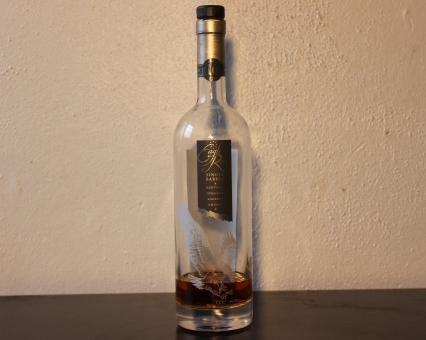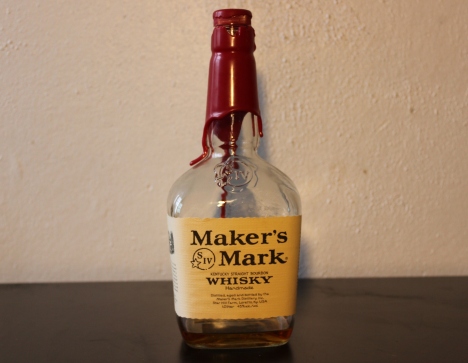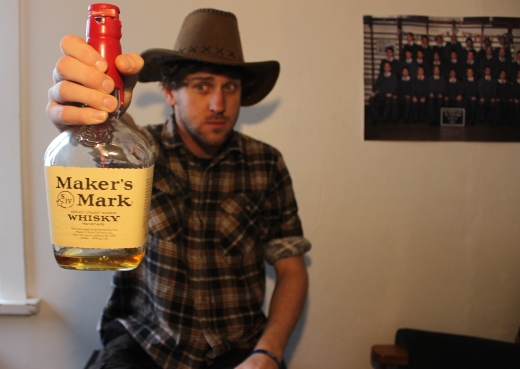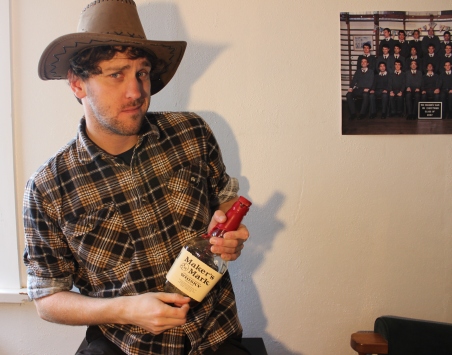Reviewed by: Ted
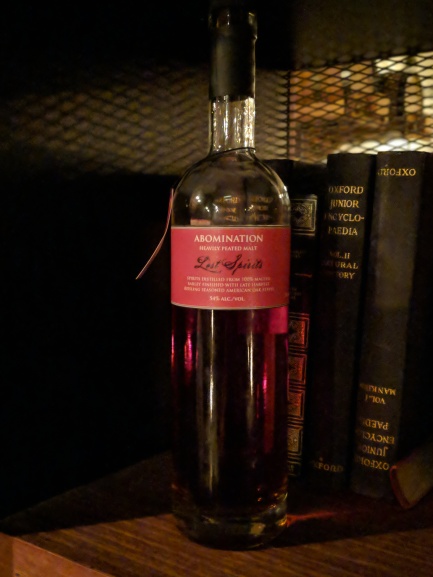
Come on, if you stumble across a whisky called Abomination, The Crying of the Puma in a bar, there’s no way you’re not going to try it right? I was catching up with some friends at Melbourne whisky-scene stalwart Boilermaker House and we were checking out their new in-house whisky selection app (it’s pretty cool). Pretty much the first thing I clapped eyes on was the Abomination and I was like, you had me at weeping big cats, yes please.
The Abomination TCOTP is released by indie Californian outfit Lost Spirits Co., who import a blend of 12-18 month old heavily peated Islay-origin spirits then put them through their proprietary reactor technology together with shards of charred American oak soaked in late harvest Reisling… WTF? Apparently Australian Border Force were not exactly keen to let it into the country due to the odd nature of its creation and the fact that it’s kinda not really whisky. Like it’s Australian contemporary Deviant Distillery, it’s more of a malt spirit.
The colour of the Abomination TCOTP is super dark red, almost like the Puma is crying blood. The bottle claims no added colouring, so perhaps the ‘redonkulous’ colour is an artefact of the reactor process and the addition of the charred stave shards.
The nose is like a classic 1970’s Holden Sandman – leather, tobacco, salt, a sprinkling of pot pourri on the dash and killer heat rising off the seats. The heady mix is sweet, fruity and smoky, with raisins, apricots, candied orange, cashews, rose petals, an earthy peatiness and so much salt. Oh that sharp, bright salt.
The flavour is like eating raisins in a pool next to the beach in the tropics while a driftwood bonfire burns nearby. The palate is sweet and ashy, with dark honey, peaches and melon and a decent punch thanks to the 54% strength, although the mid-palate is somewhat lacking. The finish is looong and satisfying.
The sweet, peaty flavours are really interesting, and put me in mind of a combination of Ardbrg, Laphroaig, Bunnahabhain and Caol Ila (who knows, I could even be on the money). The Reisling is definitely an out there finishing choice and adds a quirky fruitiness into the mix.
Look, I know it ain’t really whisky and that it was made using dark, heathen technology, but the Abomination TCOTP is great! The rich, punchy flavours working with that salty peat are actually really satisfying, and you totally wouldn’t pick it as being so young straight off. Then again, we do always say that peat does good things with young whisky. If you want to try something that is crazy and different and has a name that sounds like a part of dark Aztec creation story, Abomination, The Crying of the Puma is definitely worth checking out.
★★★












